Did Birchall really save Ceylon? – Capt Elmo Jayawardena
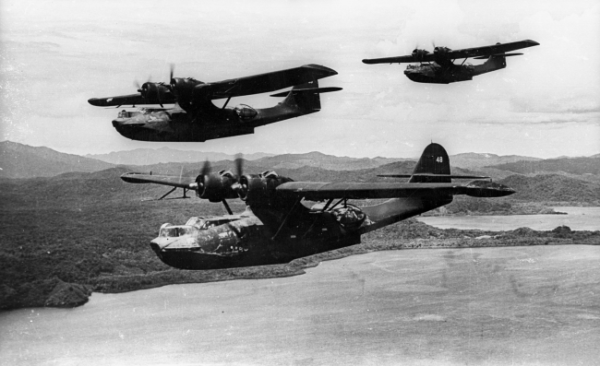
Catalina
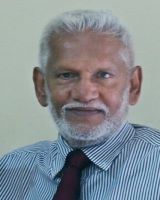 Or was it another story like charge of the Light Brigade?
Or was it another story like charge of the Light Brigade?
I wrote few days back about the Japanese bombing of Ceylon in 1942.
Many who read emailed me asking for more details. Some expressed nostalgic sentiments, remembering what their parents conveyed to them about the Easter Sunday bombing. Some gave additional information, such as the rare photo that is published here. All these made me write somewhat a sequel to the story, perhaps little bit more information for those who are interested in the bygone days and what may have taken place.
There was a Japanese young man who came to learn to fly in Ratmalana as a ‘fun flier” in the late 1930s. It was said among the instructors and fellow ‘fun fliers’ that the said Japanese knew to fly and may have pretended he came to learn. It is also said that he flew solo many times over Colombo and the vicinity. Who knows, it was also said he may have been making drawings or taking photos of the aerial view of Colombo Habour and the Ratmalana Airport. Before the Easter Day bombing the Japanese pilot simply vanished without a trace.
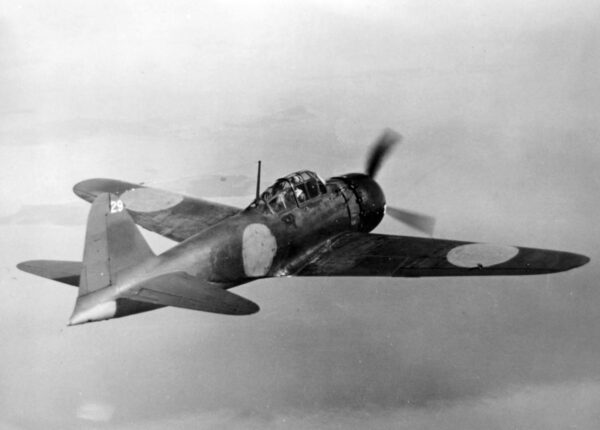
Mitsubishi A6M Zero
Now I dig history and one Mr Graham De Jong from Australian reads me and sends me a photo that was in his father’s album. The Japanese pilot is in front and the others are all ‘Fun Fliers” of the era. Maybe they are no longer alive, but their children and grandchildren may know “who’s who” in the ancient photo.
Wish I knew who they were, just for the record.
Now back to the story of “Saviour of Ceylon” which was the title bestowed upon Squadron Leader Leonard Birchall, I beg to differ that he saved Ceylon.
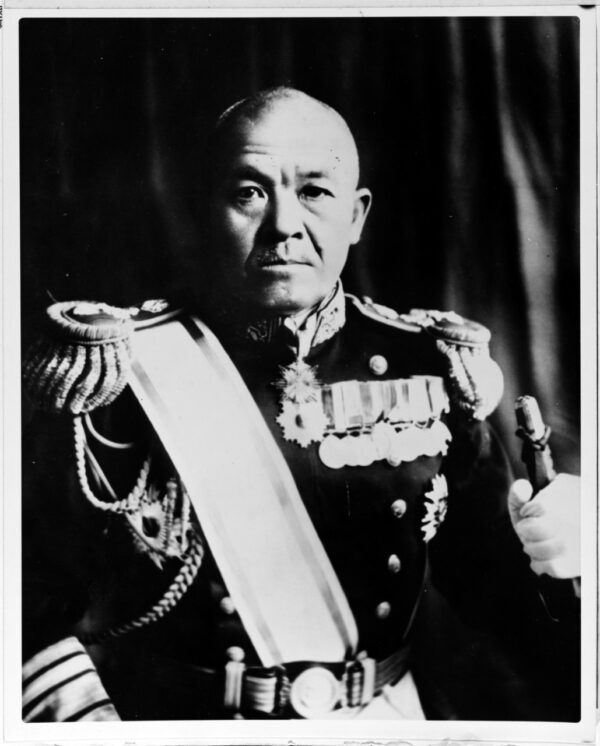
Admiral Chuichi Nagumo
In school I learnt the poem “Charge of the Light Brigade.” Cannons to the left of them, cannons to the right of them, volleyed and thundered. Man! We too in our little imaginations charged with sabres rattling rushed out of class at the lunch interval same as “into the valley of death rode the six hundred.”
Years later as a grown up I knew the whole thing was an exaggerated imagination of the British press and poetic skills of William Wordsworth. The Battle of Balaclava was in the Crimean War and the Turks fought with the British against the Russians. It was the Turks who died to a man. Of the Light Brigade six hundred, 102 were killed on that charge.
We cannot blame the Light Brigade for the pedestal they were placed and the optimum of courage credited to them. That is mythology by press people and a renowned poet. The story is the same where Birchall is concerned. He should always be remembered as a brilliant pilot who landed a badly broken Aeroplan in the water and saved his crew. He then under torture refused to admit he had sent a signal to Colombo. Then he spent long years in a POW camp in Japan and survived the war to re-join his squadron. Leonard Birchall retired as an Air Commodore and passed away at the age of 89.
What I place given below is Air Commodore Birchall’s words.
“As we got close enough to identify the lead ships we knew at once what we were into but the closer we got the more ships appeared and so it was necessary to keep going until we could count and identify them all. By the time we did this there was very little chance left.”
The Catalina was then attacked by up to 12 Zeros.
“All we could do was to put the nose down and go full out, about 150 knots. We immediately coded a message and started transmission …We were halfway through our required third transmission when a shell destroyed our wireless equipment and seriously injured the operator; we were now under constant attack. Shells set fire to our internal tanks. We managed to get the fire out and then another started, and the aircraft began to break up. Due to our low altitude it was impossible to bail out, but I got the aircraft down on the water before the tail fell off.”
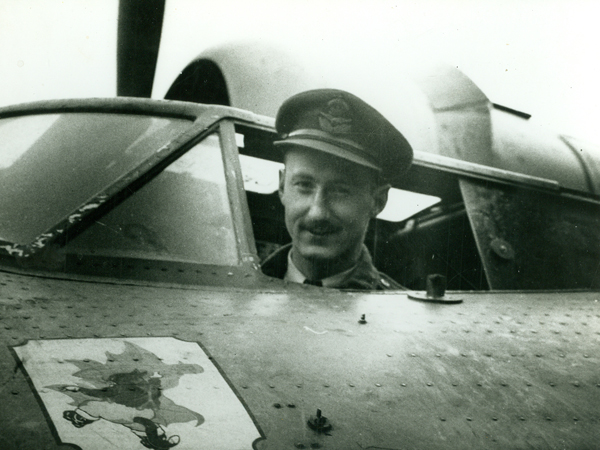
Leonard Birchall
Birchall no doubt was a hero. But to call him “Saviour of Ceylon” is historically inaccurate. Admiral Negombo never intended to invade Ceylon. The Japanese aim was to destroy the British fleets that were in Colombo and Trincomalee and they successfully did that.
Birchall shoulders no blame because it was the Canadian press who coroneted him. Same as those that charged the canons in Balaclava.
It was asserted in Canada that Churchill was the one who dubbed him as “Savior of Ceylon.” In his 1950 memoires Churchill only mentions the attack and goes only so far to say a “Catalina” spotted Nagumo’s fleet.
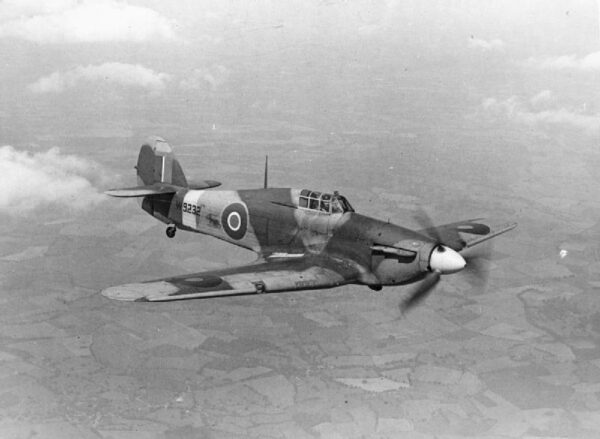
RAF Hawker Hurricane
7 Japanese fighter planes crashed and 25 RAF aeroplanes were destroyed including 15 Hurricanes. That could have been possible only if the planes were still on ground when the Japanese arrived.
People were in Church on Easter Sunday and others went about their daily business. Stanley Unambuwe was playing cricket in Nugegoda and Therese Ferdinand was in Mount Lavinia visiting friends. They knew nothing about a raid or a warning form Birchall. Like them, others too did not know. The air-raid dawned on everyone only when they saw the Japanese aeroplanes in the sky. George Weerasinghe was a gunner at the naval base in Kochchikade and he was enjoying his Easter breakfast when Mitsuo Fuchida’s dive bombers came over the Colombo Habour.
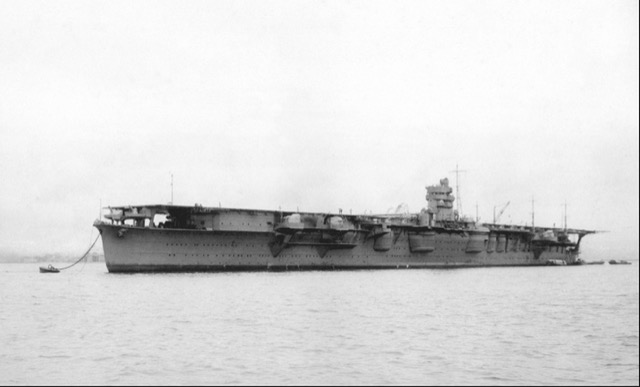
Japanese Aircraft Carrier Hiryu 1939
I leave the reader to logically deduce what may have happened. I would be grateful to anyone who could identify the “Fun Fliers” in the photo and contact me as they would have been Ceylon’s pioneer pilots.
As for “Saviour of Ceylon” and “Charge of the Light Brigade”, strange, even in this latter day we of the native lands are supposed to nod and say amen.
Capt Elmo Jayawardena







